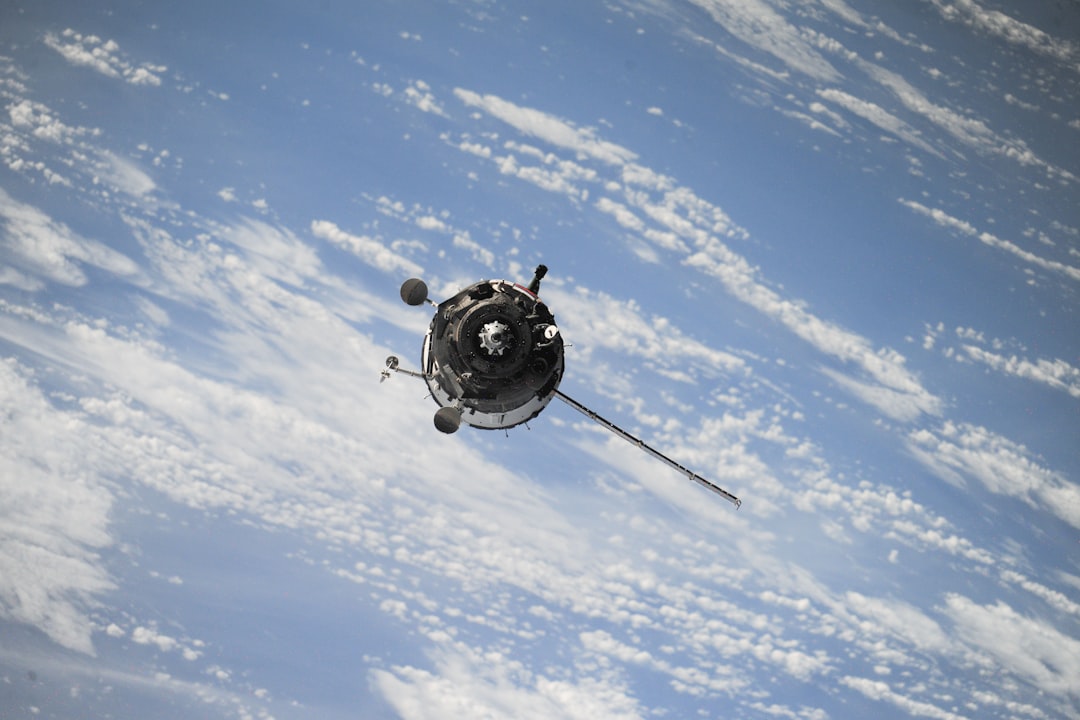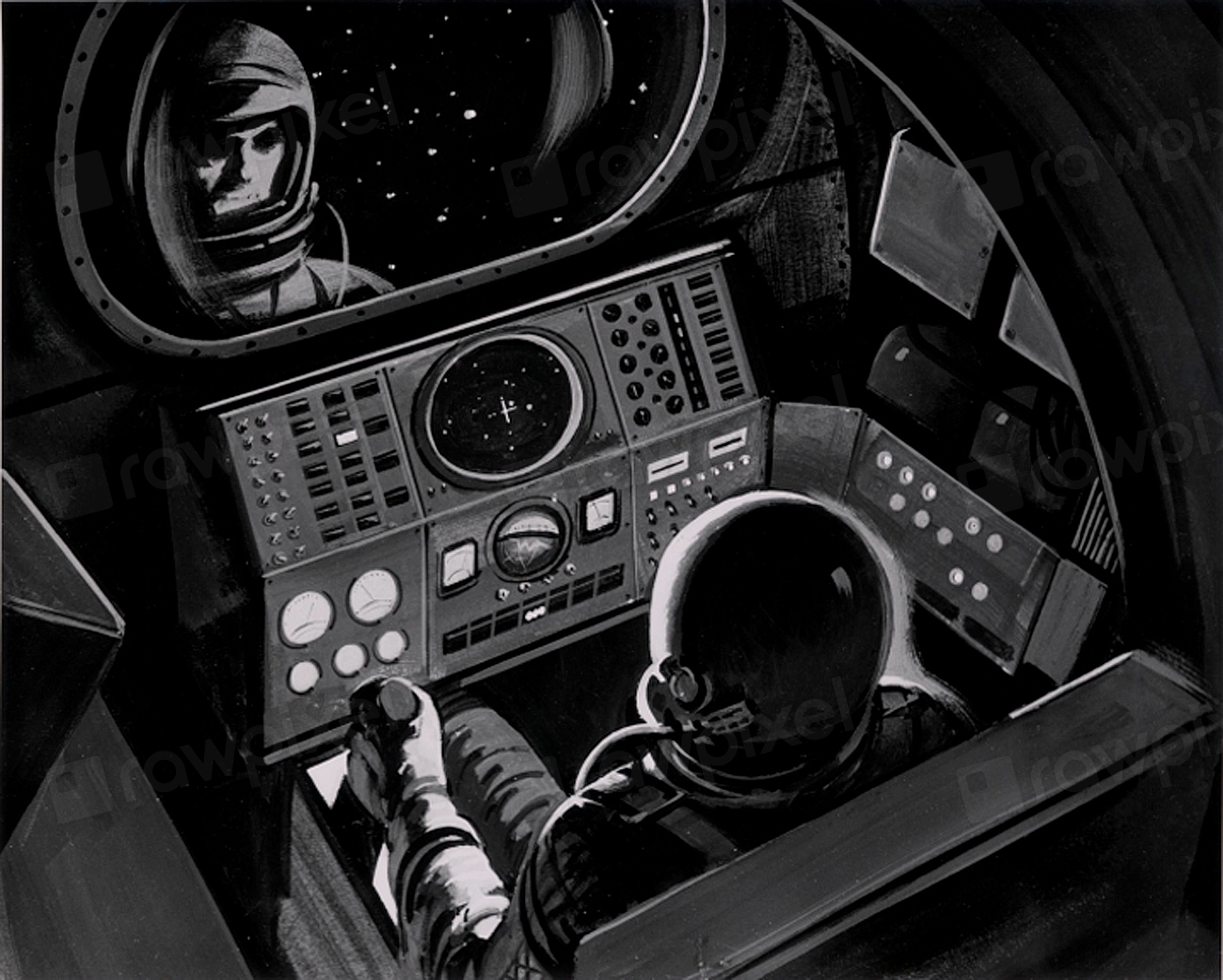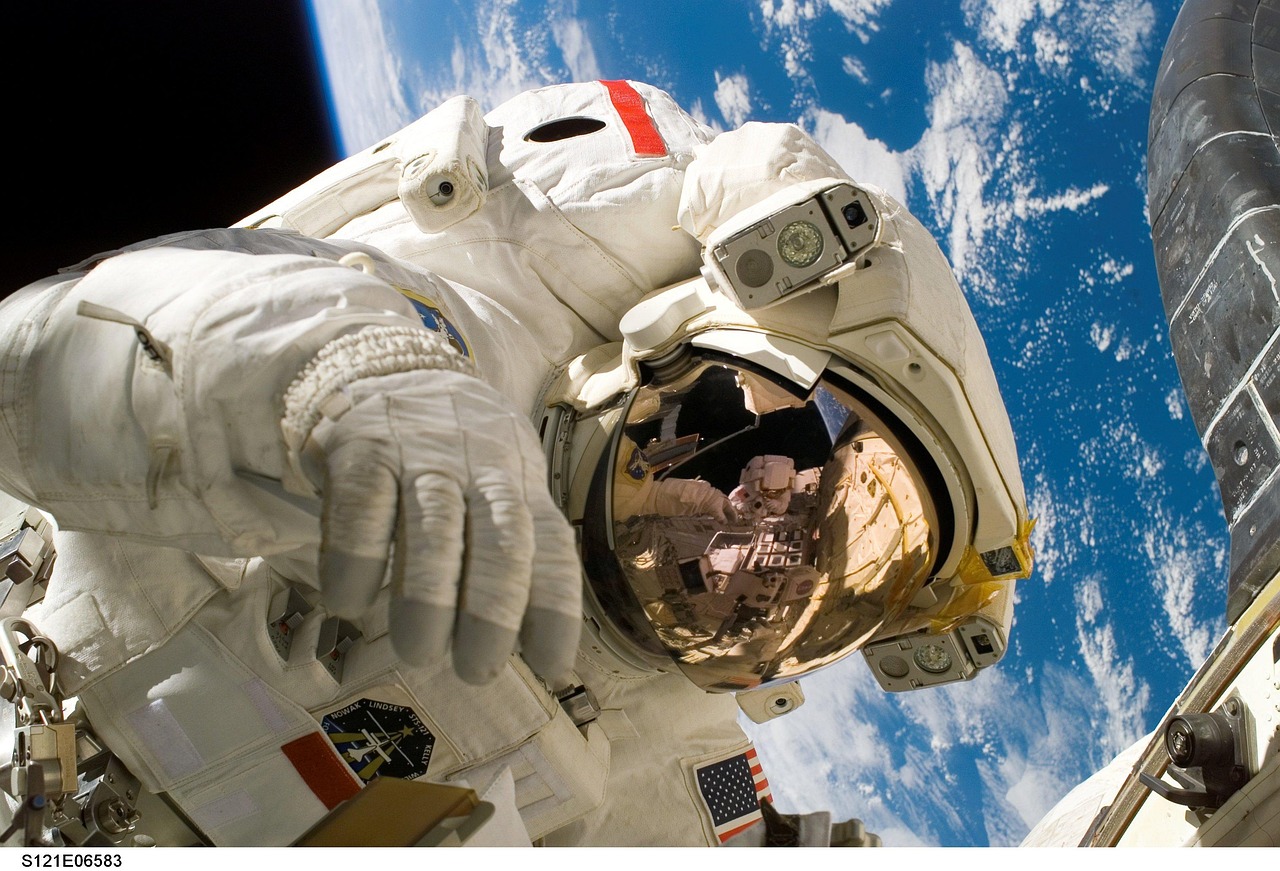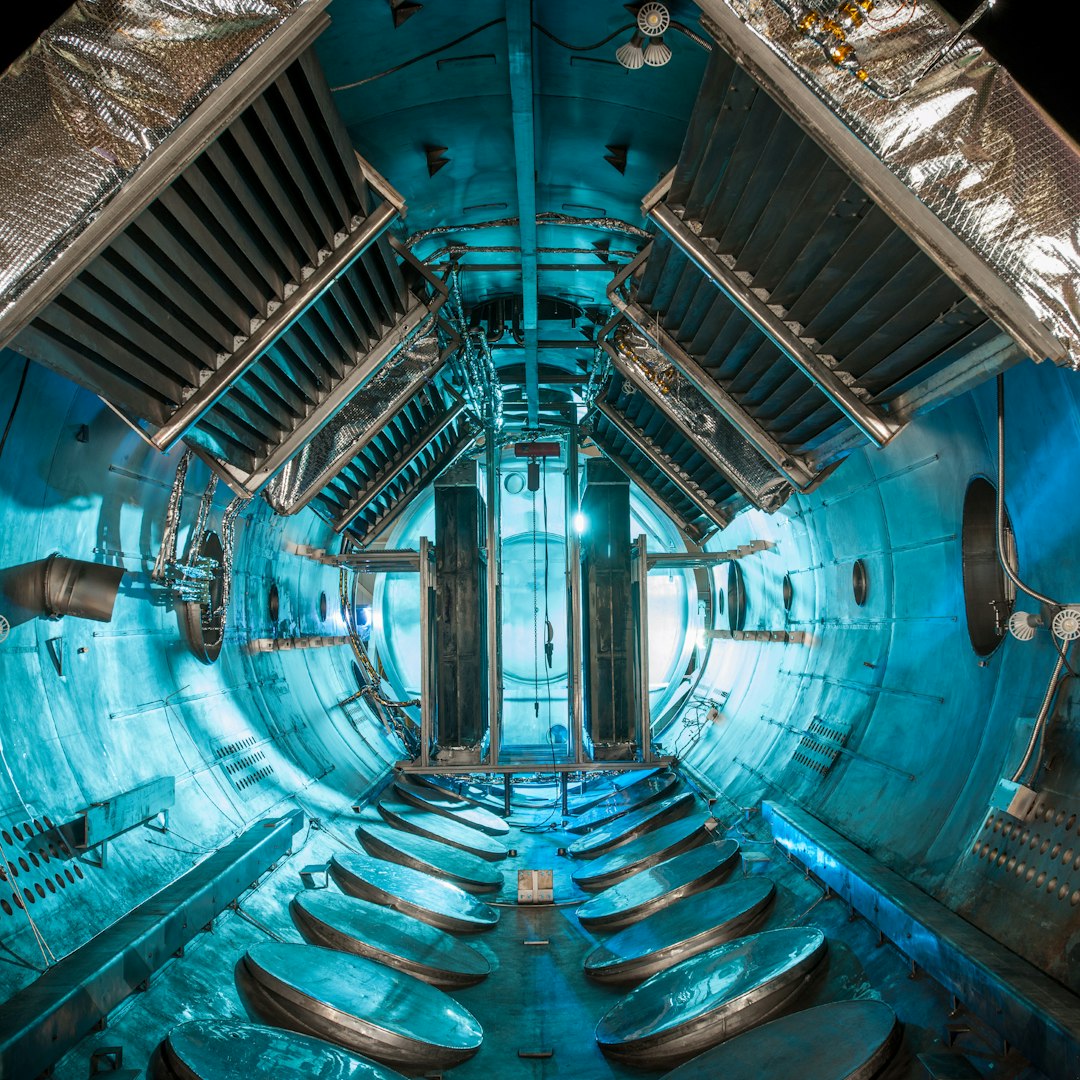The Space Race was a remarkable period that not only showcased the rivalry between the United States and the Soviet Union but also propelled technological advancements in the US to unprecedented heights. It was a time when ambitions were sky-high, literally and figuratively, as the two superpowers vied for supremacy in space exploration. This quest for dominance in the cosmos led to groundbreaking innovations and achievements that have left a lasting impact on technology and society.
The Origins of the Space Race

The origins of the Space Race can be traced back to the geopolitical tensions of the Cold War. When the Soviet Union launched Sputnik 1 on October 4, 1957, it was a wake-up call for the United States. Sputnik 1 was not just a satellite; it was a symbol of Soviet technological prowess. The US, realizing the potential implications of falling behind in space technology, responded swiftly. The establishment of NASA in July 1958 marked a turning point as America committed itself to becoming a leader in space exploration. This period was characterized by a sense of urgency, as space became the new frontier for demonstrating national superiority.
Major Milestones in the Space Race

Throughout the Space Race, several significant milestones highlighted the rapid pace of technological progress. The launch of Explorer 1 on January 31, 1958, marked the United States’ entry into space, discovering the Van Allen radiation belts, a major scientific breakthrough. The Mercury Program, initiated in 1958, captured the imagination of the nation when Alan Shepard became the first American in space on May 5, 1961. Perhaps the crowning achievement was the Apollo Program, which reached its zenith on July 20, 1969, when Neil Armstrong and Buzz Aldrin set foot on the lunar surface. These milestones were not just technological triumphs but also moments of national pride and unity.
Technological Innovations Driven by the Space Race

The technological innovations that emerged from the Space Race were monumental and extended far beyond the confines of space exploration. Rocket technology advanced by leaps and bounds, with the development of the Saturn V rocket enabling human spaceflight and lunar missions. The need for precise calculations in space missions spurred the evolution of early computers and software, laying the groundwork for modern computing. Innovations in materials science, such as heat-resistant tiles for spacecraft, found applications in industries ranging from automotive to construction. These advancements continue to shape our world today, influencing everything from consumer electronics to telecommunications.
The Role of Education and Research

The Space Race also had a profound impact on education and research in the United States. There was a surge in funding for science and engineering programs, leading to a significant increase in students pursuing degrees in STEM fields. Government grants and funding for research institutions and universities flourished, driving scientific discovery. The excitement surrounding space exploration inspired a generation of scientists and engineers, fueling innovation and technological progress. This emphasis on education and research laid the foundation for the US to maintain its position as a global leader in technology and innovation.
The Cultural Impact of the Space Race

Beyond technology, the Space Race left an indelible mark on American culture. Space exploration captured the public’s imagination, influencing movies, literature, and even art. Films like “2001: A Space Odyssey” and books such as “The Martian Chronicles” reflected the fascination with the cosmos. The Apollo Moon landing, broadcasted live to millions, created a shared sense of achievement and awe. The Space Race also contributed to a sense of American exceptionalism and national pride, as the US emerged as a leader in technological innovation and exploration.
The Legacy of the Space Race

The legacy of the Space Race is evident in the technological advancements and cultural shifts it inspired. The competition not only led to remarkable achievements in space exploration but also laid the foundation for future endeavors. The International Space Station (ISS) stands as a testament to the importance of international cooperation in space exploration, involving multiple countries working together. Ongoing missions to Mars, like the Perseverance rover, continue to push the boundaries of human knowledge and technology. The emergence of private companies in space exploration, such as SpaceX and Blue Origin, is a direct result of the innovations and infrastructure established during the Space Race.
Conclusion: The Enduring Influence of the Space Race

The Space Race was a defining moment in history that shaped US technological advancements and had a lasting impact on society. The competition between the US and the Soviet Union not only led to significant achievements in space exploration but also fostered innovations that transformed various industries. As we continue to explore the cosmos and push the boundaries of technology, the lessons learned from the Space Race remain relevant today, reminding us of the power of competition, collaboration, and human ingenuity.
In summary, the Space Race was more than just a race to the Moon; it was a catalyst for change that propelled the United States into a new era of technological advancement and cultural transformation.







